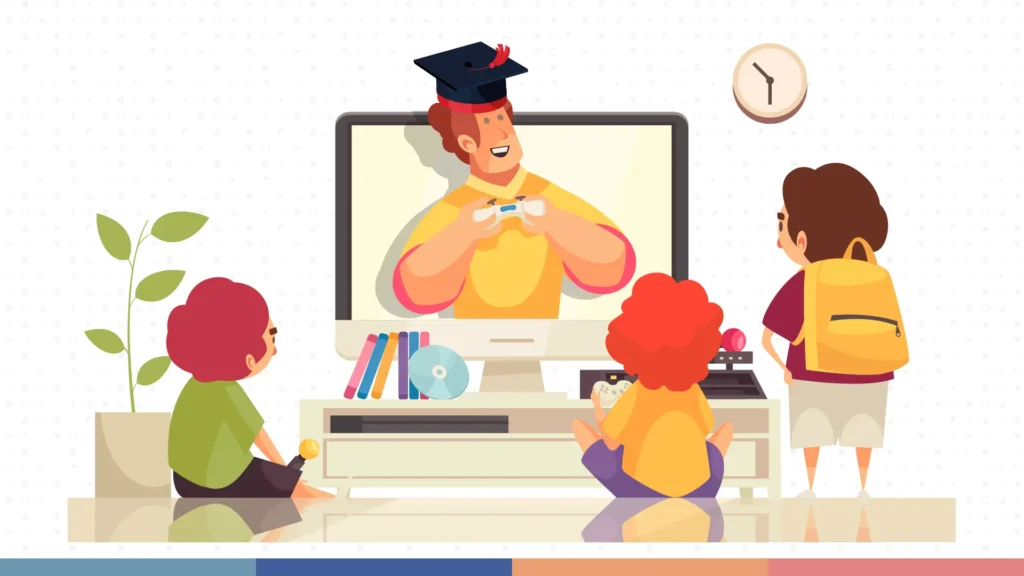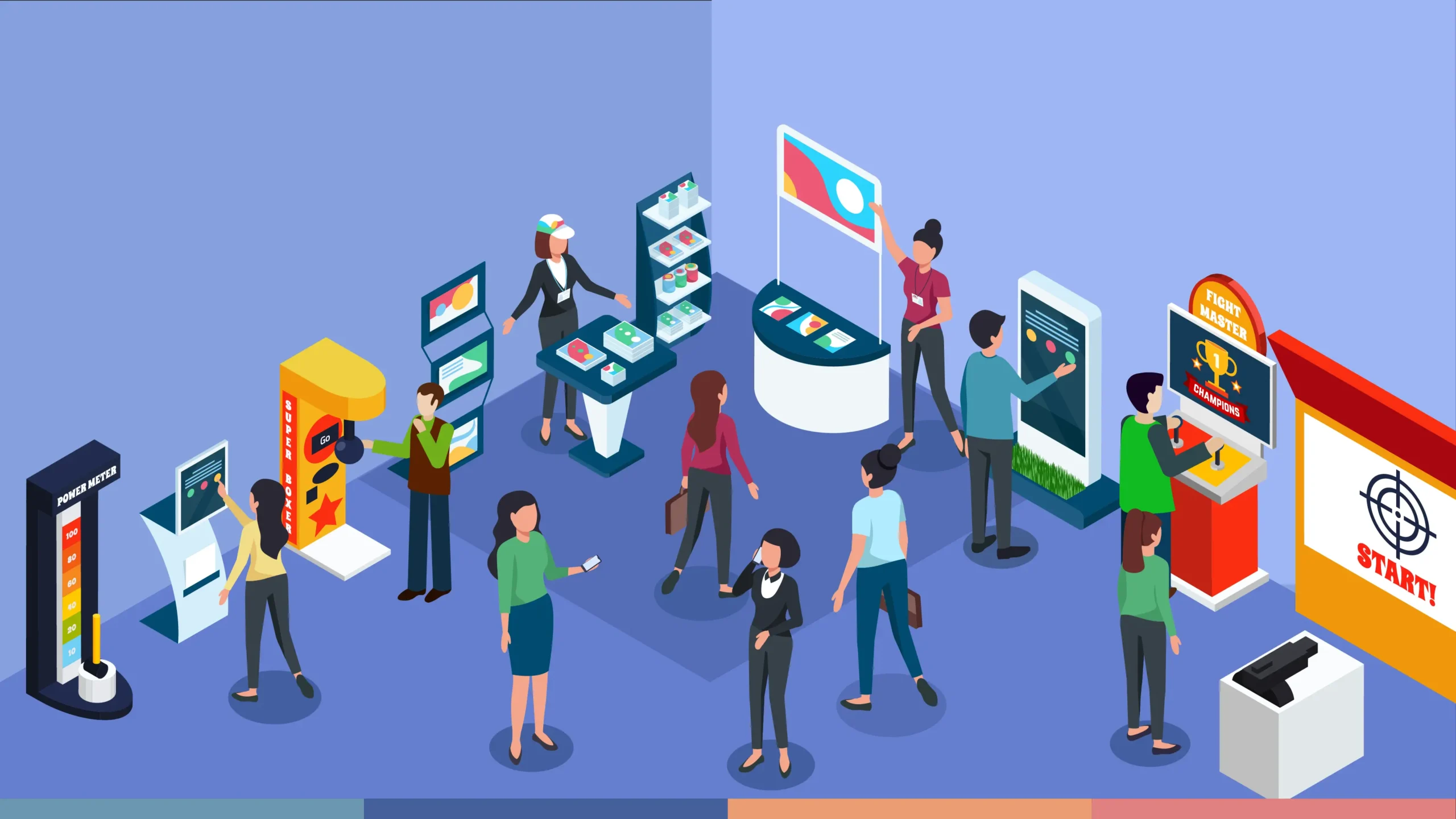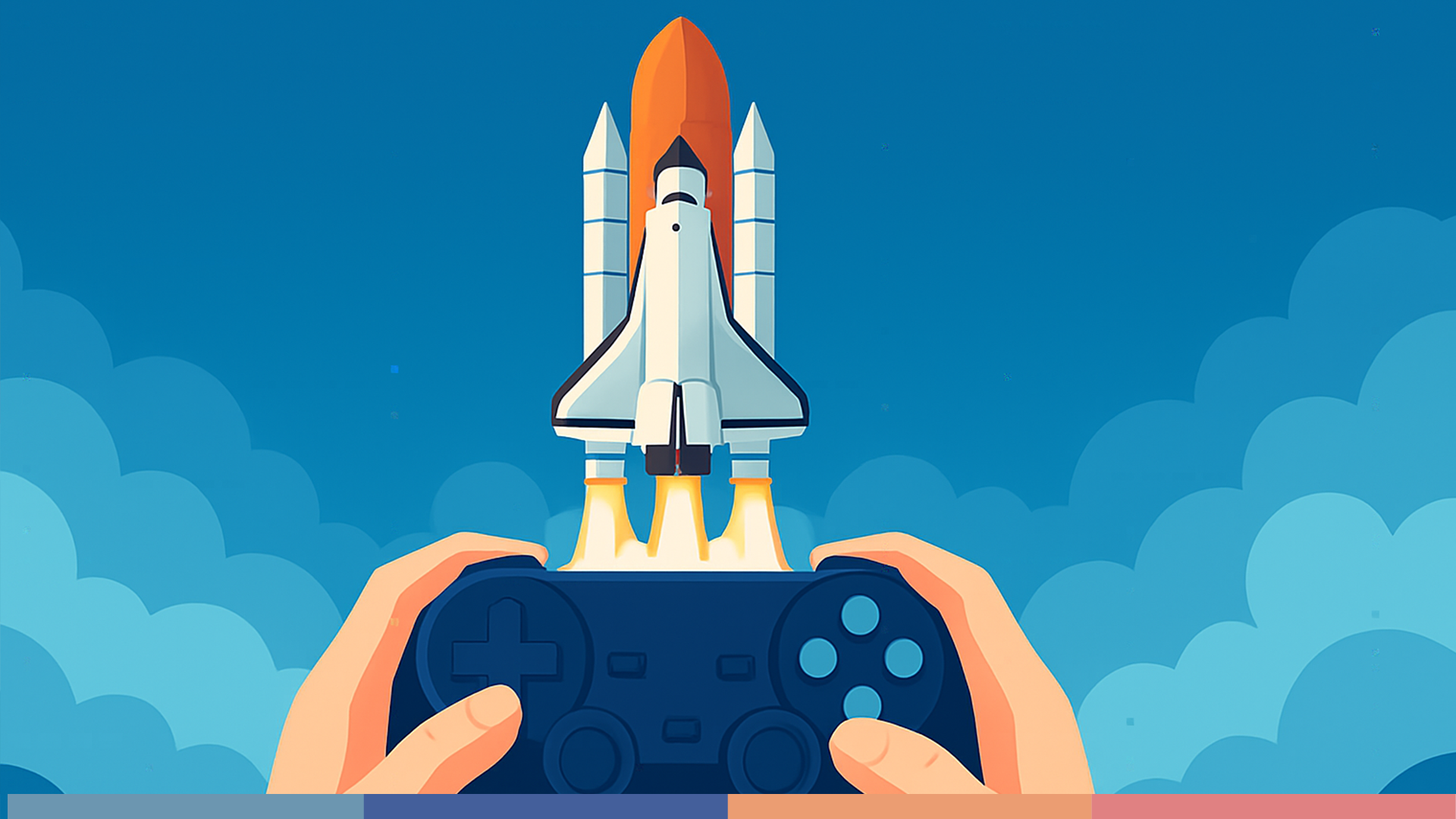How Video Games and Pop Culture Push Educational Success

Engaging kids in educational activities has never been easy. Capturing their attention has become even more challenging. Pop culture and video games dominate their daily lives, providing a level of interactivity and excitement that traditional teaching methods often struggle to replicate. This raises a pressing question: How can educators and parents compete with these powerful distractions?
Rethinking the Competition
The truth is, competing directly with these influences is almost impossible. But what if we stopped seeing them as rivals? By changing our perspective, we can explore ways to turn these so-called distractions into powerful tools for connection and growth. Rather than removing video games or digital experiences, which can often lead to frustration and resentment, we can channel their appeal into educational opportunities.
It’s always been the go-to of almost every parent to take away our loved one’s leisure time to make them spare the time of day to study or do other “productive” activities. However, research indicates that removing enjoyable activities can lead to negative outcomes. This is because, engaging in leisure activities is associated with lower levels of anxiety, depression, and stress, as well as an increased sense of well-being. Viewing leisure time as wasteful or unproductive can undermine its benefits and potentially lead to future mental health issues. So instead of exchanging their activity, we can combine the two elements. But could these media become our greatest allies in creating meaningful learning experiences?
Why Video Games Work
As we dig deeper to what those media can do, at the heart of a successful educational game, is the learning itself. According to research from MIT’s Education Arcade Lab, effective learning games are driven by intrinsic motivation and genuine engagement, rather than mere content regurgitation. Games that offer open-ended exploration, allow learners to connect with larger systems, and encourage problem-solving tend to be more resonant. These games provide “hard fun” which perfectly balances challenge with satisfaction, making learning an enjoyable quest rather than a tedious task.
Furthermore, video games like Minecraft not only engage but also enhance educational outcomes across various subjects. They promote skills such as creativity, collaboration, critical thinking, and problem-solving. According to a whitepaper on the educational benefits of Minecraft, integrating games like Minecraft in education can lead to improvements in motivation, engagement, and even attendance, transforming the learning environment into one that fosters enjoyment and accessibility.
Pop Culture as a Tool for Learning?
Stepping into a classroom that leverages pop culture can feel like entering a student’s personal space, filled with their favorite characters and themes from movies, books, or games. This approach not only makes students feel comfortable but also makes them feel like they’re home. A classroom in Red Deer, Alberta, for example, utilizes elements from Minecraft and Star Wars not just for decoration but as integral parts of the teaching methodology. Such environments help students, especially those facing language barriers or cultural adjustments, connect better with the curriculum through familiar references.
The Science Behind the Fun
Yes, there are studies that support the idea that children are more likely to pay attention and retain information when learning materials feature characters or settings they already love. For example, research has shown that children can better transfer information from picture books to real-world contexts when the books feature familiar and engaging characters. Additionally, studies on narrative fiction suggest that children are more likely to engage with and learn from stories that resonate with their interests and experiences. It goes to show that when kids encounter learning materials featuring characters or settings they already love, they are more likely to pay attention and retain information.
Educational Benefits of Engaging Games
The research consistently supports the notion that well-designed games and culturally resonant educational tools do not merely serve as entertainment but are effective educational resources. They enable students to improve their language skills, foster critical thinking, and build social connections. These tools also provide a unique opportunity for students to become teachers themselves, sharing their knowledge and interests with peers and educators, thereby flipping the traditional teacher-student hierarchy.
Business Meets Science
While the business aspect of integrating popular media into educational resources cannot be ignored—after all, publishers and developers benefit from the popularity of franchises like Star Wars or Minecraft—the scientific backing for their effectiveness provides a solid foundation for their use. Educational products that incorporate popular media need to balance commercial interests with genuine educational value, ensuring that they offer real learning benefits as substantiated by research.
In conclusion, the fusion of video games and pop culture in educational settings is not just a trend but a validated educational strategy. As we move forward, the challenge will be to continue refining these tools to ensure they meet educational standards while remaining engaging and relevant to students’ lives. This approach not only respects the complex identities of students but also enriches their learning experiences, making education a truly immersive and enjoyable journey.
If you are interested in learning more about gamification and how it can benefit you or your organization
Check out our gamification services page and contact us today. We are ready to help you create a gamification experience that aligns with your needs and preferences.
The Authors

Junialdi Dwijaputra

Dias Setyanto
Related Articles
- All Posts
- All-EN
- Education-EN
- News-EN
- Service Highlight-EN









